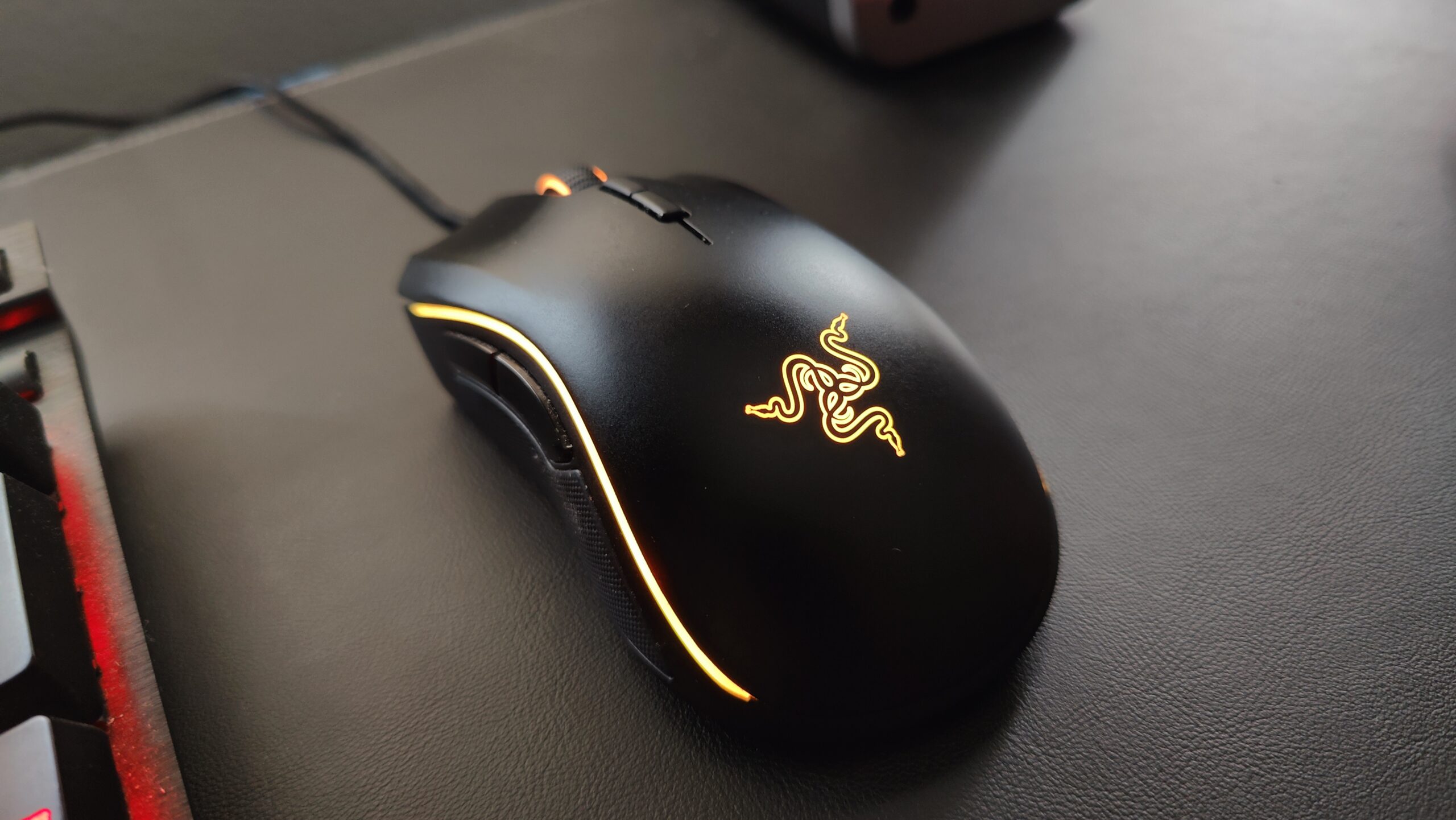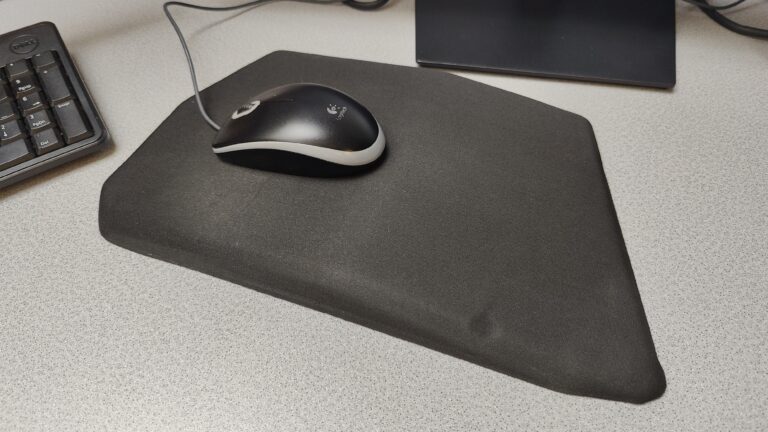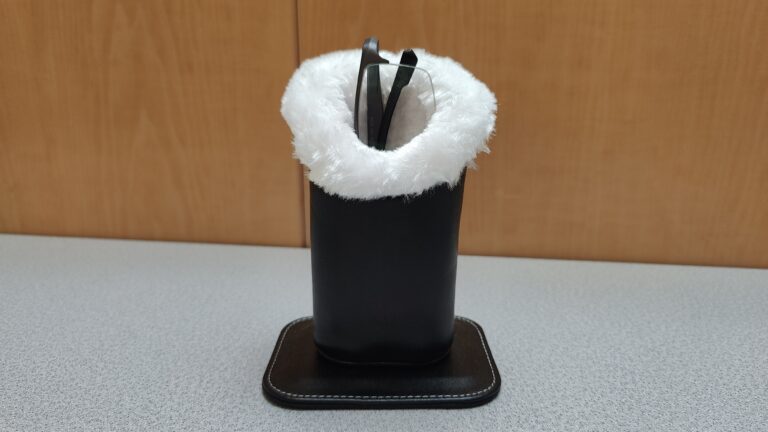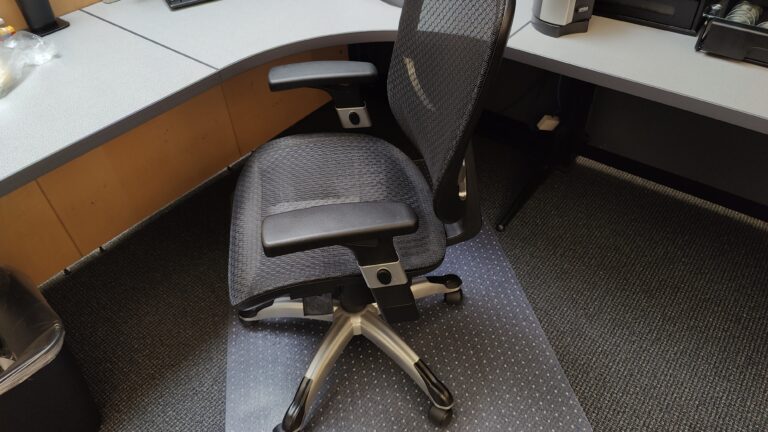The computer mouse has come a long way from when it was first invented in the 60’s. Lets take a look at the history of the mouse and the people and companies involved in shaping this fascinating device into what we have today!
Dougless Engelbart (1964)
The history of the mouse starts with Douglas Engelbart, an engineer, and inventor, conceived the idea of the computer mouse as a tool to improve the way people interacted with computers. His original mouse design featured two perpendicular wheels, one for tracking movement on the X-axis and another for the Y-axis.
Engelbart’s original mouse was a rectangular device made of wood, measuring about 4 inches long. It had a long cable attached to it, resembling a “tail,” which led to its nickname “mouse.”
Xerox Corp. (1970)
Mouse history then takes us to the Xerox Corporation, which was one of the first to develop a practical mouse as part of their research into graphical user interfaces. The Xerox mouse used a rubber ball on its underside, which rolled against a surface to detect movement. This design later influenced the development of subsequent mice.
Unlike Douglas Engelbart’s original wooden mouse, Xerox’s mouse used a different tracking mechanism. Instead of wheels, it employed a small rubber ball located on the underside of the mouse. As users moved the mouse across a surface, the ball would roll, and sensors inside the mouse detected the movement, translating it into on-screen cursor movement.
Xerox’s mouse typically featured three buttons, which provided additional functionality compared to Engelbart’s two-button mouse. These buttons allowed users to perform various actions within the graphical user interfaces (GUIs) developed at Xerox PARC.
Apple Lisa (1983)
Apple introduced the mouse to a broader audience with the release of the Apple Lisa computer. This marked a significant step in popularizing the mouse as an input device for personal computing.
The mouse that came with the Apple Lisa had a distinctive design. It was boxy and rectangular, matching the industrial design aesthetics of the Lisa computer itself. The Lisa mouse had a single button, which was a departure from some of the multi-button mice that were being developed by other companies at the time.
Unlike the ball-based mice of its era, the Lisa mouse used a laser-based tracking mechanism. This made it more precise and eliminated the need for a physical ball that could get dirty and require cleaning.
Optical Mice (1990s)
Over the years, the technology used in computer mice has evolved. Early mice used mechanical tracking wheels, but optical sensors and laser sensors replaced them, offering more precise tracking and eliminating the need for a mouse pad.
Wireless Mice (1990s and into the 2000s)
The 1990s saw the introduction of wireless mice, which freed users from the constraints of cables. These mice use radio frequency (RF) or later, Bluetooth technology, for connectivity.
The modern mouse
Finally, the history of the mouse leads us to today, where computer mice come in various shapes and sizes, catering to different preferences and ergonomic needs. They often feature multiple buttons and customizable functions, making them versatile tools for navigating and interacting with digital interfaces. Some modern mice also incorporate advanced sensors and additional features like scroll wheels and touch-sensitive surfaces.
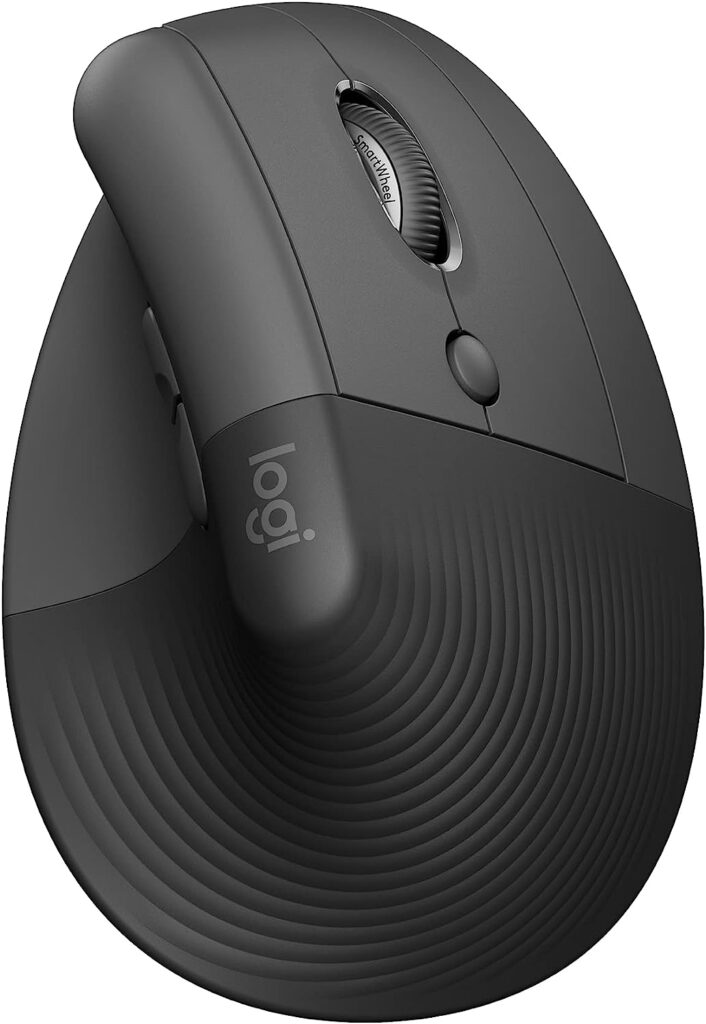
Ergonomic Mouse
Logitech Lift Vertical Ergonomic Mouse Desk life getting you down? Lift yourself up with Lift Vertical Ergonomic Mouse – a comfy and intuitive wireless mouse with quiet clicks crafted specially for small to medium hands. Available in right and left. Lift’s unique 57-degree angle elevates your wrist to give a feeling of relief
Gaming Mouse
Wireless gaming mouse with dual-mode connectivity (wired / 2.4 GHz) with magnetic charging stand, 12 programmable buttons, specially tuned ROG 19,000 dpi sensor, Exclusive Push-Fit Switch Sockets, ROG Micro Switches, ROG Paracord and Aura Sync RGB lighting
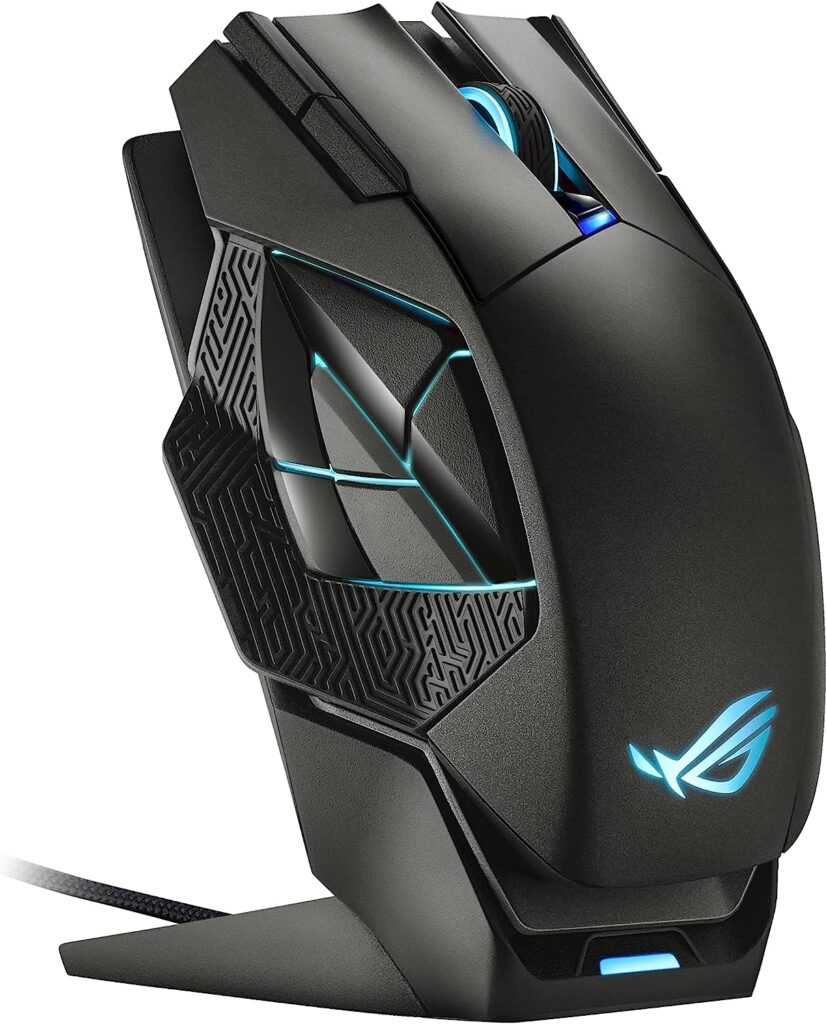

Trackpad Mouse
Magic Trackpad is wireless and rechargeable, and it includes the full range of Multi-Touch gestures and Force Touch technology.
Continue Reading…
My Ergonomic Mousepad
If you work 8 house a day in front of a computer, do your wrist a favor and get this!
My Office Eyeglass Stand
If you take off your glasses when sitting down at your work desk, you need this eyeglass stand!
Most Important Task Chair Features!
An ultimate checklist of things to look for in a great task chair!

